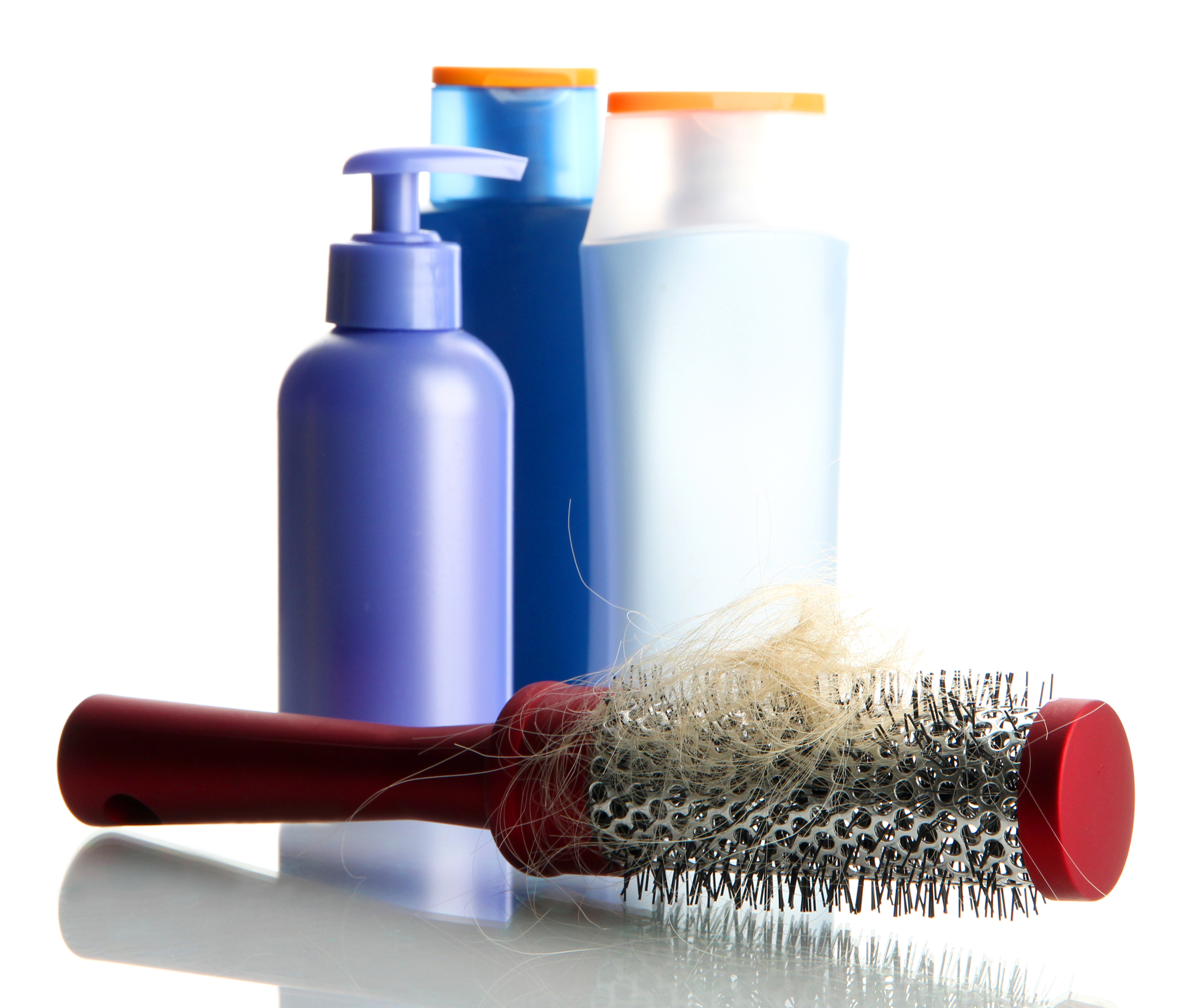Hair Loss Treatment
When you lose your hair, it can be a stressful and traumatic experience. Whether it’s happening slowly over time or all at once, losing your hair is never easy to deal with. While there are a variety of factors that cause hair loss, the best thing you can do to help yourself is to find a doctor who specializes in hair loss. This will ensure that you get the best care and hair loss treatment plan for your specific needs.
You should know that you are never alone in your fight against hair loss. The condition can be treated with the right hair doctor and hair loss medications, and it is important to know that there are a number of people who are suffering from the same problem.
The first thing that you need to do is to get in touch with the right hair doctor. Dr. Robin Unger is one of the leading hair loss doctors that specializes in hair restoration and has helped thousands of patients over the past few years.
Hair Loss Medications
Hair loss treatments can include a number of different types of medication that will help you to grow back your hair. Your doctor will first need to determine what the cause of your hair loss is before he or she can suggest an effective treatment for you.
There are many reasons why we might lose our hair. In this blog post you’ll learn more about some of the most common causes of hair loss, and what you can do to get your hair back when it’s gotten lost
Minoxidil is the only other FDA-approved medication used for male pattern baldness. Minoxidil works differently than Propecia in that it acts as a vasodilator – meaning it widens blood vessels to improve blood flow. Improved blood flow means more nutrients are being brought to the scalp area, so with continued use of Minoxidil, you should see an improvement in your scalp health leading to stronger, healthier-looking hair.
Change Your Shampoo and Conditioner Routine
To start, use a mild shampoo and conditioner on your hair. When shampooing, let the shampoo work in your hands before applying it to your hair. Then thoroughly rinse the shampoo out of your hair. Conditioning is also important; don’t just apply conditioner to the ends of your hair. Let the conditioner sit in your hair for 1-2 minutes before rinsing it out.
After washing and conditioning, air dry your hair or use a diffuser. If you’re going to blow dry it, make sure you use a low heat setting and move the dryer frequently so that you don’t overheat any one section of hair.
If you have dandruff or an itching scalp, try using a medicated shampoo like Selsun Blue for seborrheic dermatitis or Head & Shoulders for dandruff. You can also try using shampoos with tea tree oil or aloe vera which may help sooth irritation and scalp problems.


